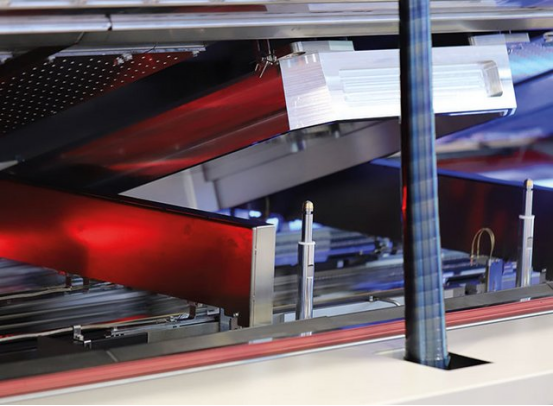How to set the preheating temperature for reflow soldering
Release time:2024-05-30Publisher:Jeenoce
The preheating temperature zone for reflow soldering usually refers to the area where the temperature rises from room temperature to around 150 ℃. In this area, the temperature slowly rises to facilitate the timely volatilization of some solvents and water vapor in the solder paste. Electronic parts, especially IC parts, slowly heat up to adapt to the later high temperatures. However, the size of the parts on the surface of the PCB varies, and the degree of heat absorption also varies. To avoid uneven temperature, the heating rate in the preheating zone is usually controlled between 1.5 ℃ and 3 ℃/sec. Another purpose of uniformly heating the preheating zone is to allow the solvent to evaporate moderately and activate the flux, as the activation temperature of most fluxes falls above 150 ℃.

Rapid heating helps to quickly reach the temperature at which the flux softens, so the flux can quickly diffuse and cover the largest area of the solder joint. It may also allow some activators to blend into the actual alloy liquid. However, if the temperature rises too quickly, due to the effect of thermal stress, it may cause micro cracks in ceramic capacitors The uneven heating of the PCB can cause deformation (Warpage), voids, or damage to the IC chip. At the same time, the solvent in the solder paste evaporates too quickly, which can also lead to the danger of collapse.
A slower preheating temperature for reflow soldering allows for more solvent volatilization or gas escape, which also allows the flux to be closer to the solder joint, reducing the possibility of diffusion and collapse. However, slow heating can also lead to excessive oxidation and reduce the activity of the flux. The preheating zone of the furnace generally accounts for 1/4 to 1/3 of the length of the heating channel, and its residence time is calculated as follows: assuming an ambient temperature of 25 ℃, if the heating slope is calculated at 3 ℃/sec, then (150-25)/3 is 42 seconds, and if the heating slope is calculated at 1.5 ℃/sec, then (150-25)/1.5 is 85 seconds. It is usually best to adjust the time based on the degree of difference in component size to regulate the heating slope below 2 ℃/sec.

